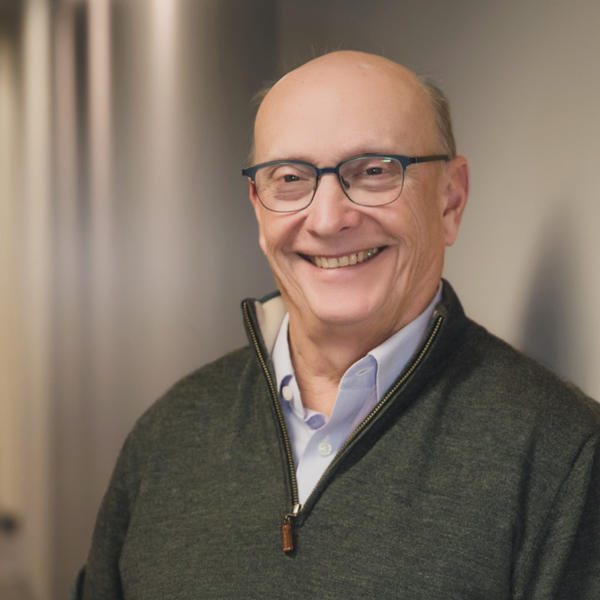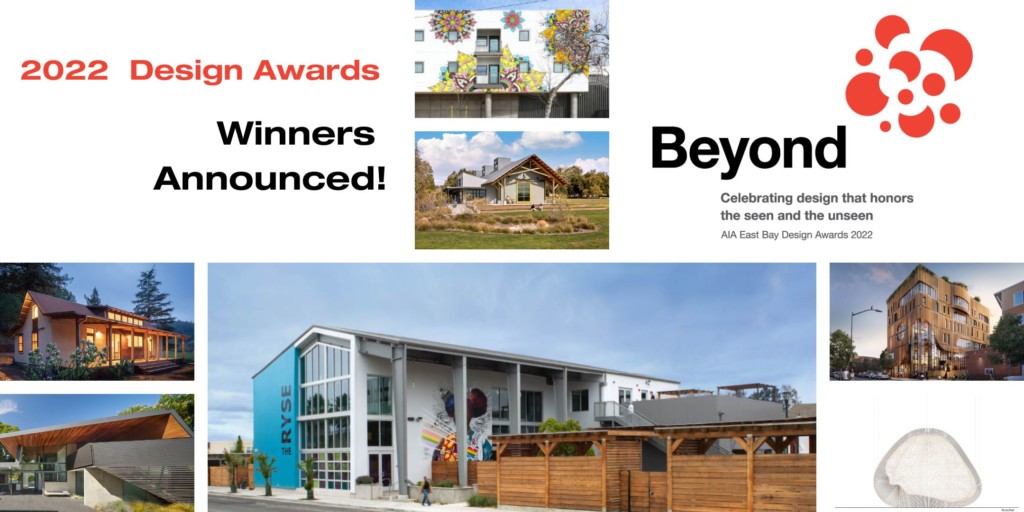Opticos: Firm Profile
- How did your firm get it’s name?Opticos is from the term logos opticos in Vitruvius, one of the first architectural texts. It roughly translates into an organized system of visual information but has also been translated as visual harmony or song of the eye. Since we were doing both graphic design, information design, urban design, and architecture, it represented that broad range of approach to our work. Bringing everything into visual harmony.
- How large is the firm? We’re just under 20, we like being this size because it’s large enough for us to take on multiple projects at once and balance those projects, but it’s small enough for us to still be nimble and for all team members to be close and aware.
- Where are you located? Downtown Berkeley.
- How did the firm get its start? Dan Parolek was interested in doing both architecture and urban design and struggled to find a firm that would enable him to do both while also focusing on walkable community design. Karen was one of the early information architects in the web industry and was looking to go into consulting for that, and there was enough overlap with the work that we did that we thought we’d join forces. So we decided to share business cards and letterhead, and work out of the second bedroom in the house!
- What is the firm personality? We are negative energy diffusers. Friendly, approachable, enthusiastic, and passionate.
- What’s the firm’s focus? We believe in strong communities, and how the built environment can influence the strength and impact of a community.
- How might the focus of your practice change? We never know! We are always interested in engaging in how to further the practice to make stronger communities, and we have changed multiple times to find and contribute solutions to challenges and currently that’s on the need for housing and sustainable community design. We will see where that goes from here!
- What’s the most unusual project your firm has done? Writing a development code to implement the construction of a new town in Gabon.
- When was the firm established? January 2, 2000
- What’s your favorite local building? The City of Berkeley downtown post office because my favorite building in the world is the Hospital of Innocents in Florence. Plus it’s my favorite color, yellow.
- What is the makeup of your firm and do you have other disciplines? We are one interdisciplinary team that provides a broad range of services across architecture, urban design, and city planning.
- How is your firm structured? We have three Principals, a Studio Manager, four associates, a team of seven designers, and three fabulous operations staff. The Principals oversee the strategic direction, and the associates and studio manager are responsible for project delivery and operations. The whole team participates in research and development.
- Do you have any office pets? Yes! Currently, we have Petey the Pug, Milo, and Shadow with a few rotating visitors that occasionally stop by.
- Which method of marketing has been the most successful for the firm? That’s our secret sauce!
- How would you describe your firm’s culture? A culture of empowerment and personal accountability. Every team member is a grown-up who has chosen to come spend their days working here, and we all work together to make a difference in the world.
- What team-building activities happen within your firm? Game nights, and our Monday morning staff meeting.
- What’s your firm’s favorite lunch spot? The Jazz Cafe
- What type of client has been the best to work with? We love working with small-scale developers who are interested in creative and new products and are committed to making a positive impact in their communities. Particularly and more recently, the developers that have been excited to bring Missing Middle Housing to our neighborhoods. In addition, working for non-profits is particularly rewarding. We have a 20-year relationship working with the Local Government Commission on community-based planning projects in underserved communities.
- How has the practice changed since the beginning? We started with very little embrace of digital technology. Two people and a T-square. We’re still generating most of our work by hand, but we are no longer relying on overnight delivery services. We’ve also gotten bigger, but our growth has been averaging one person per year, so in many ways it still feels like it did the day we started it. The spirit, and our ability to do interesting and impactful and fun work, and to work with great people is still there. Dan and I were in our 20’s when we started the firm, so we’re certainly more confident and experienced in what we bring our clients and our projects. One big shift for us was that in 2007 we became a founding B Corporation. We had always built the practice to be environmentally and socially responsible, and finding a community of other business that was committed to that has helped us strengthen and continually improve on those fronts. (A B Corporation is a company that’s been certified by the non-profit B Labs as having met their standards for corporate, social, environmental, and fiscal responsibility.
- What does the future hold for the firm? Continuing to increase our focus on impactful work. We want to do our part to help solve these major issues of our time: affordable housing, inclusive communities, sea-level rise, climate change. In the last three or four years, we’ve seen our concept of Missing Middle Housing take hold. We’re excited to see the number of communities that the concept is helping to house more people in the kind of neighborhoods they want to live in. It seems to be catching on like wildfire, and we’re excited to be part of that movement.






